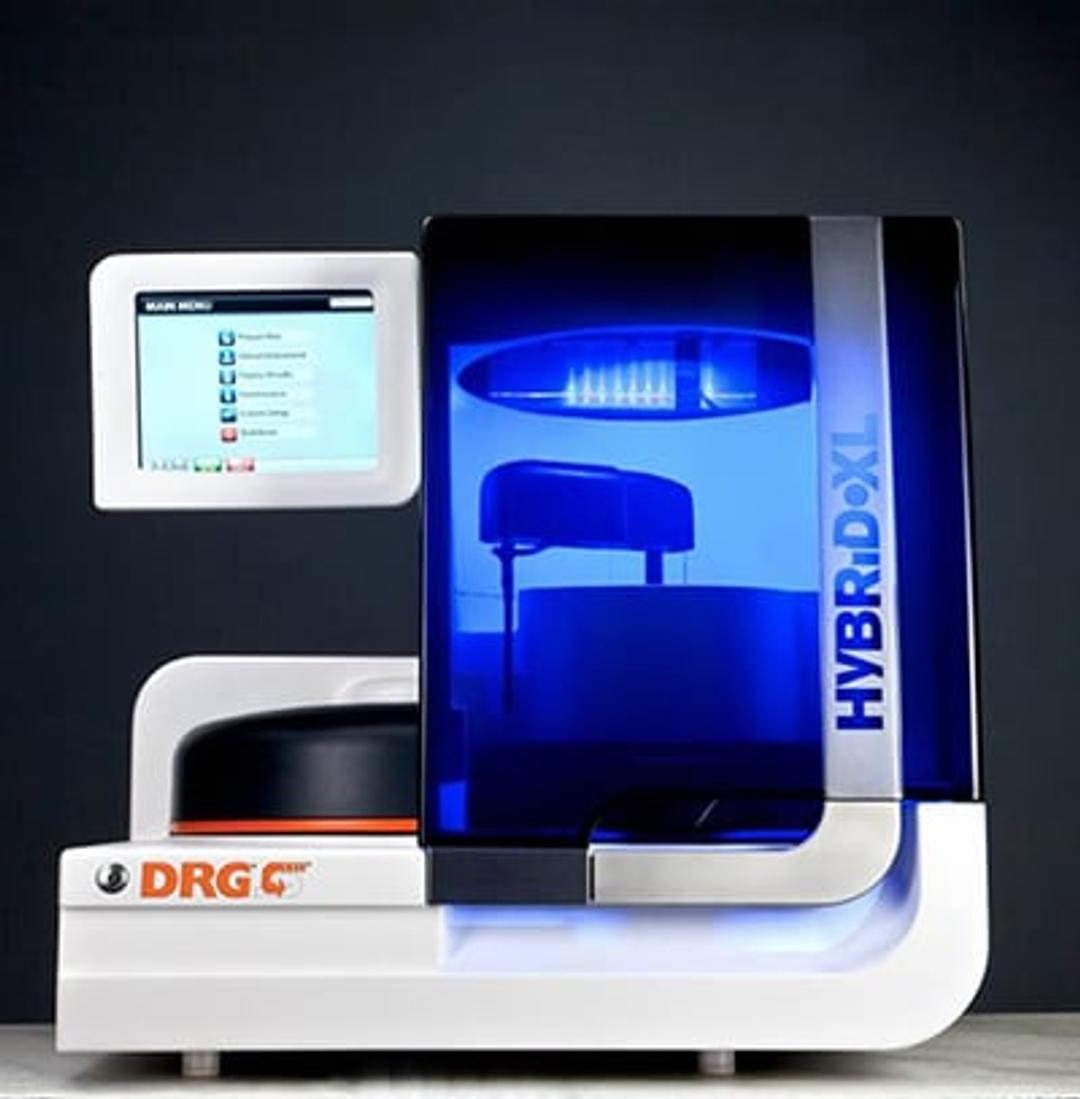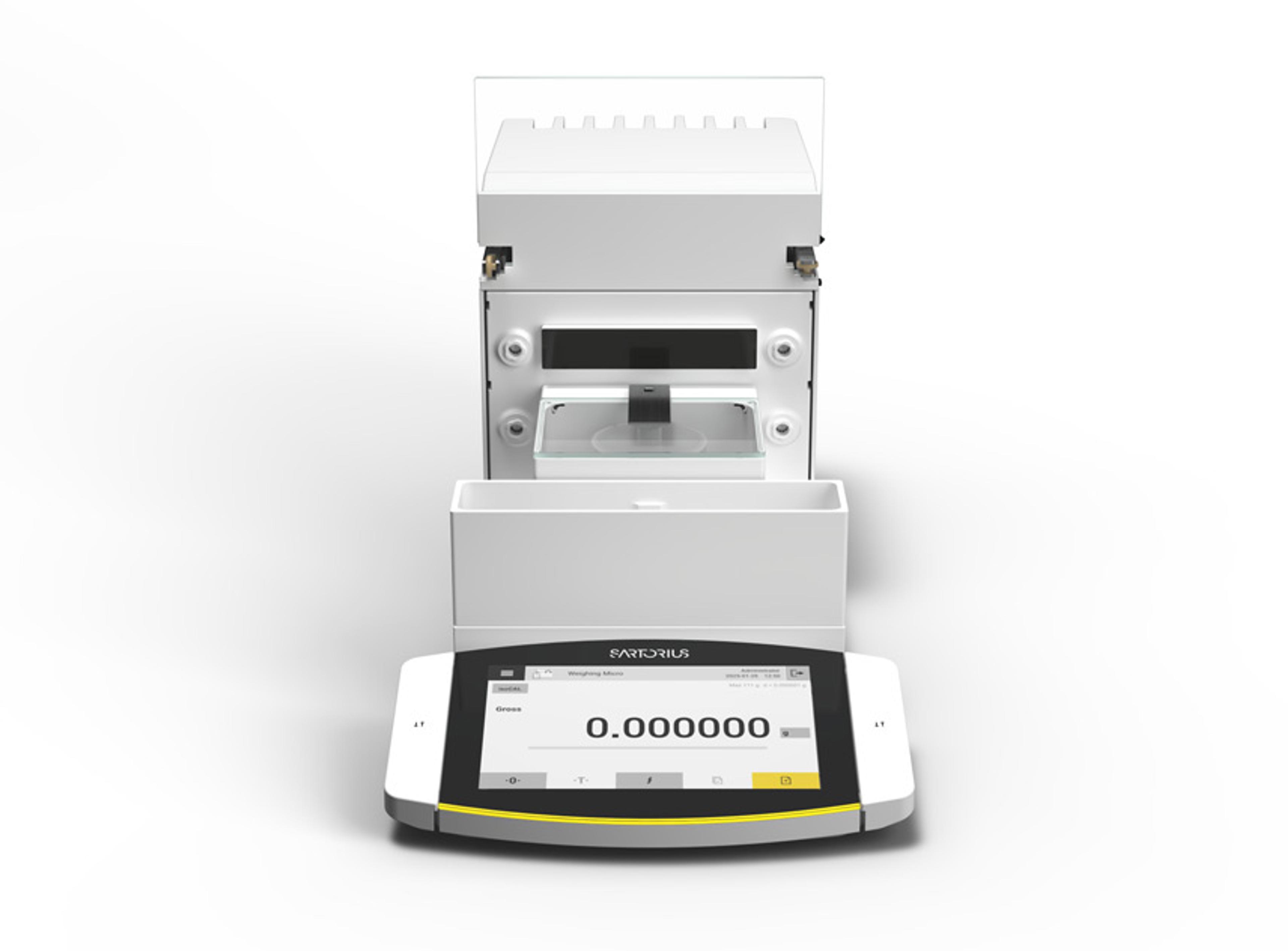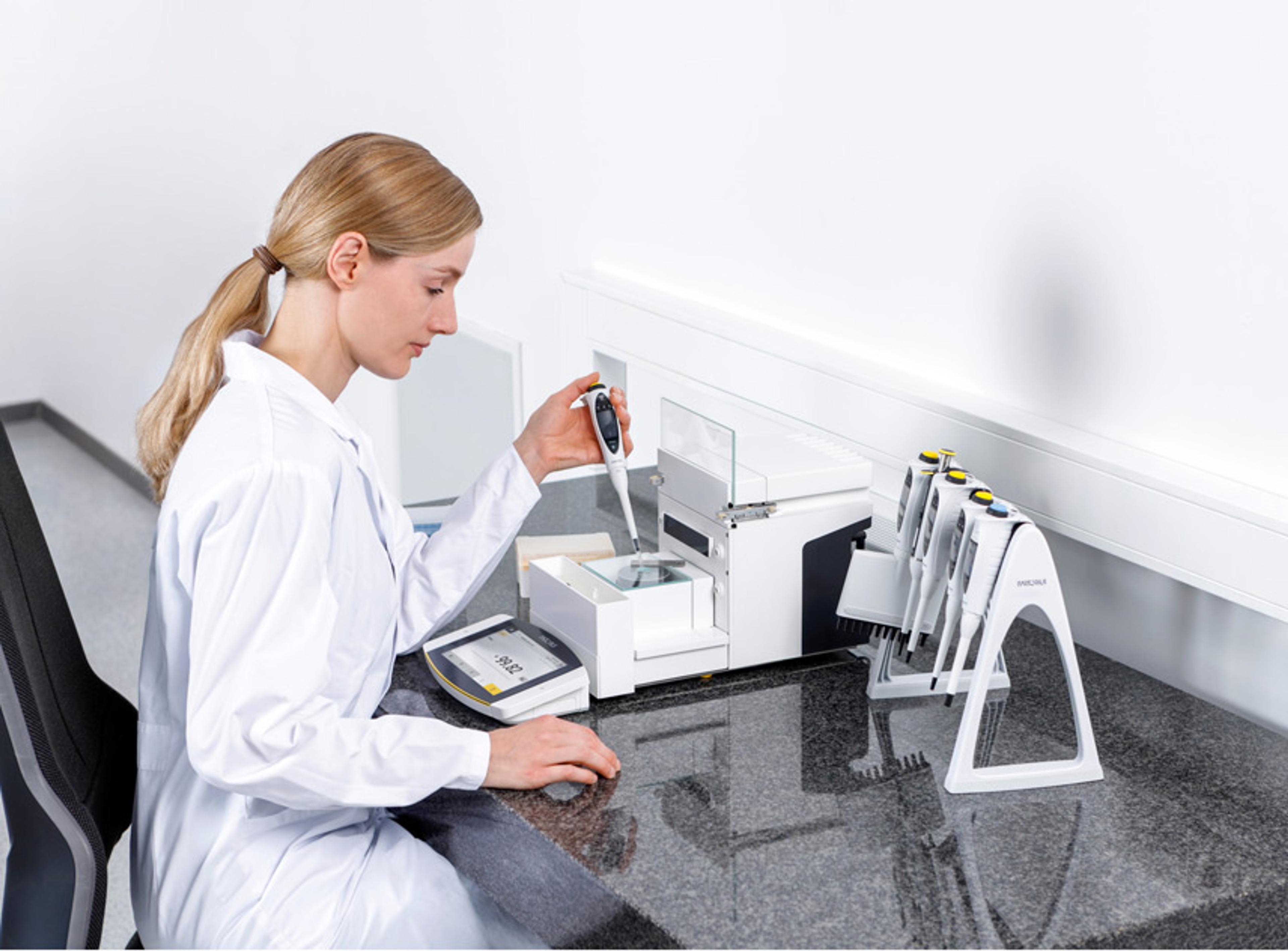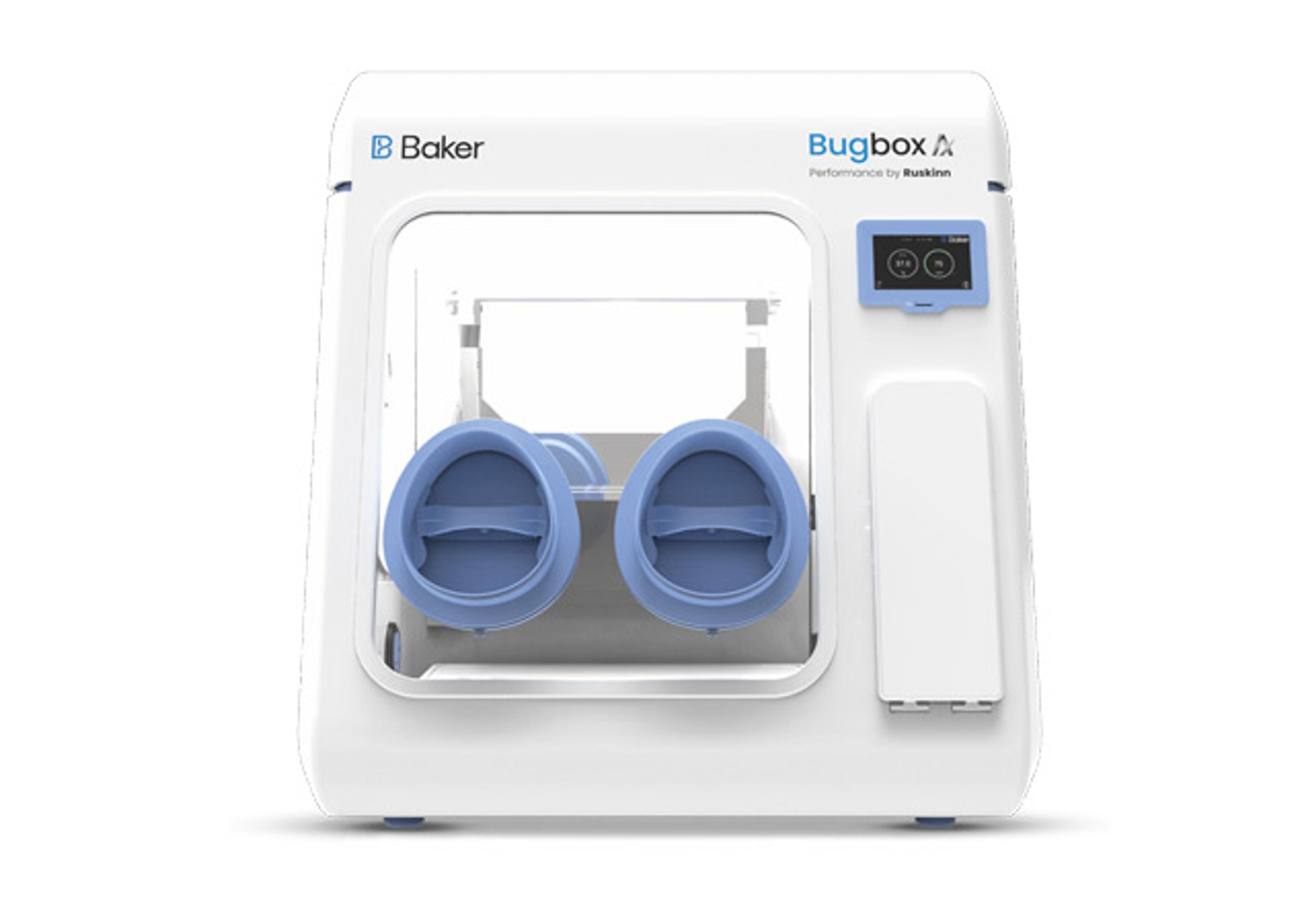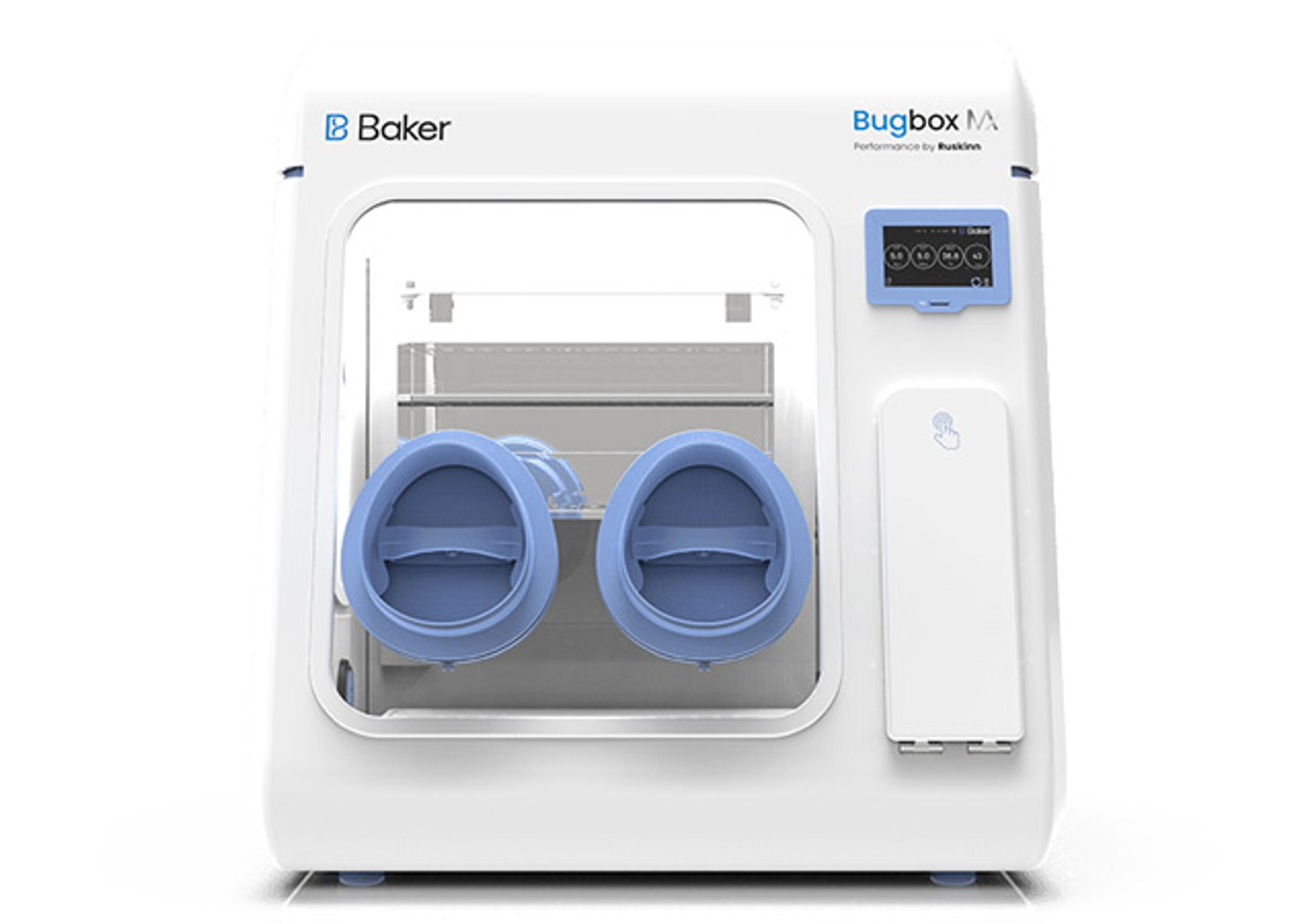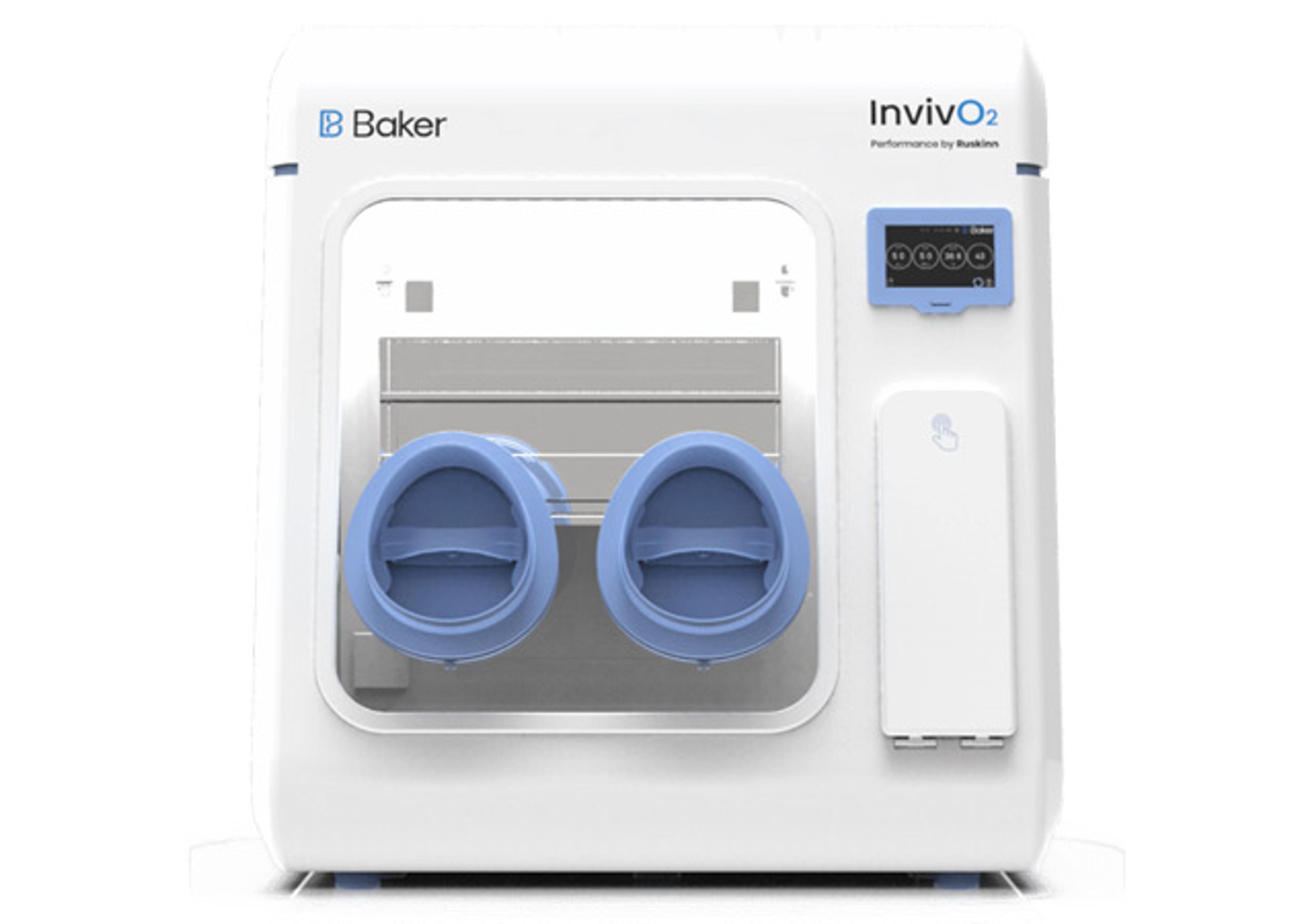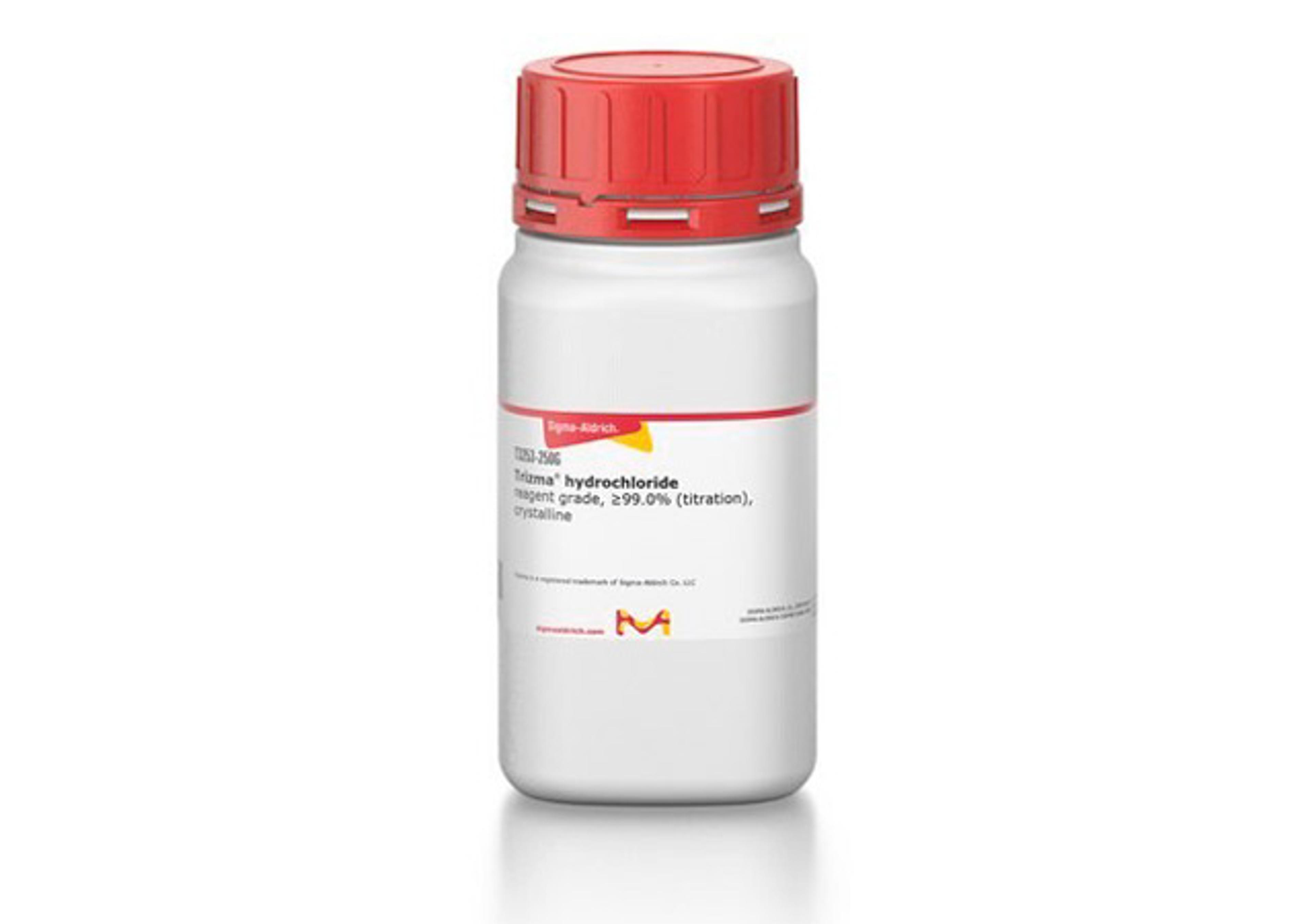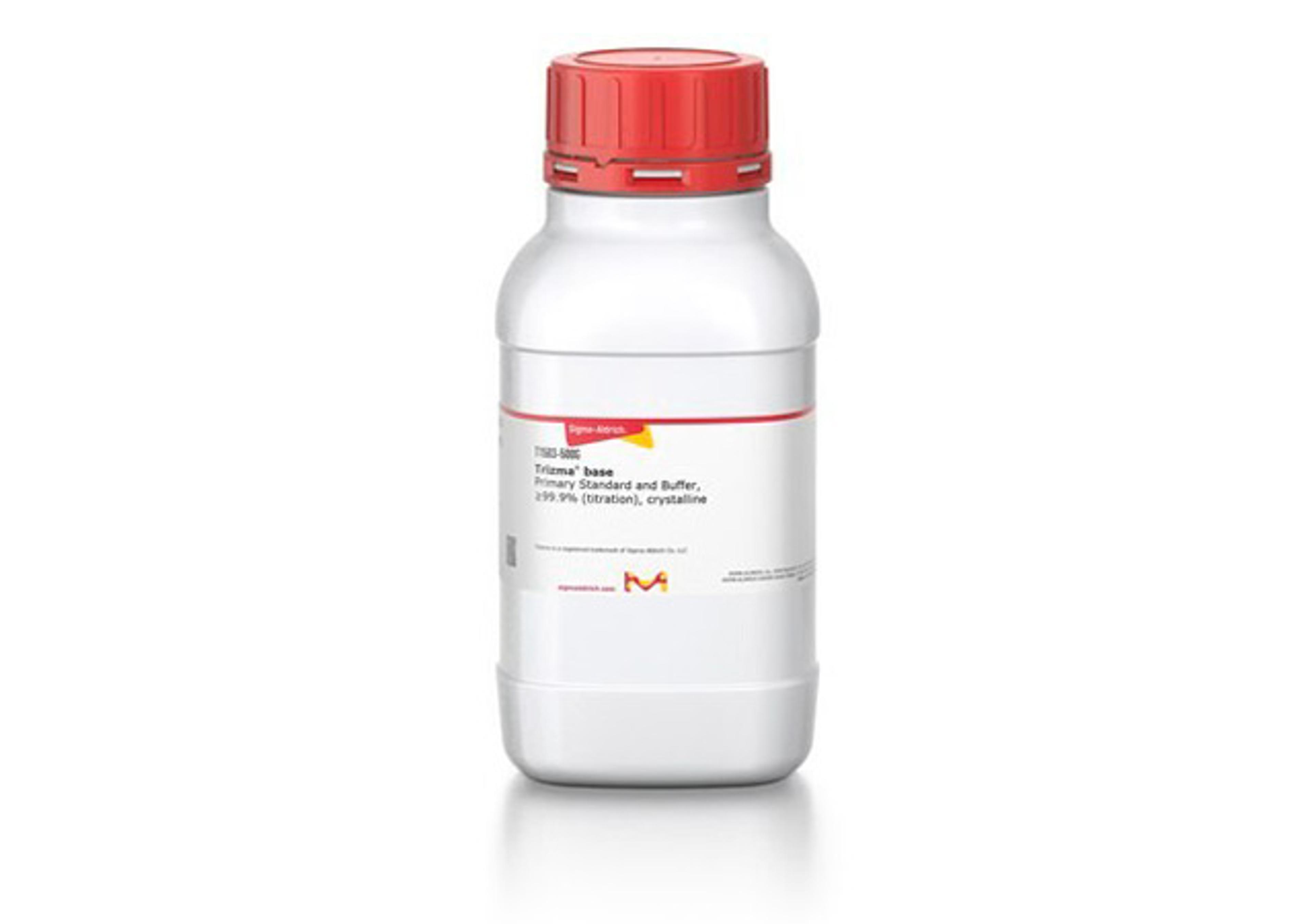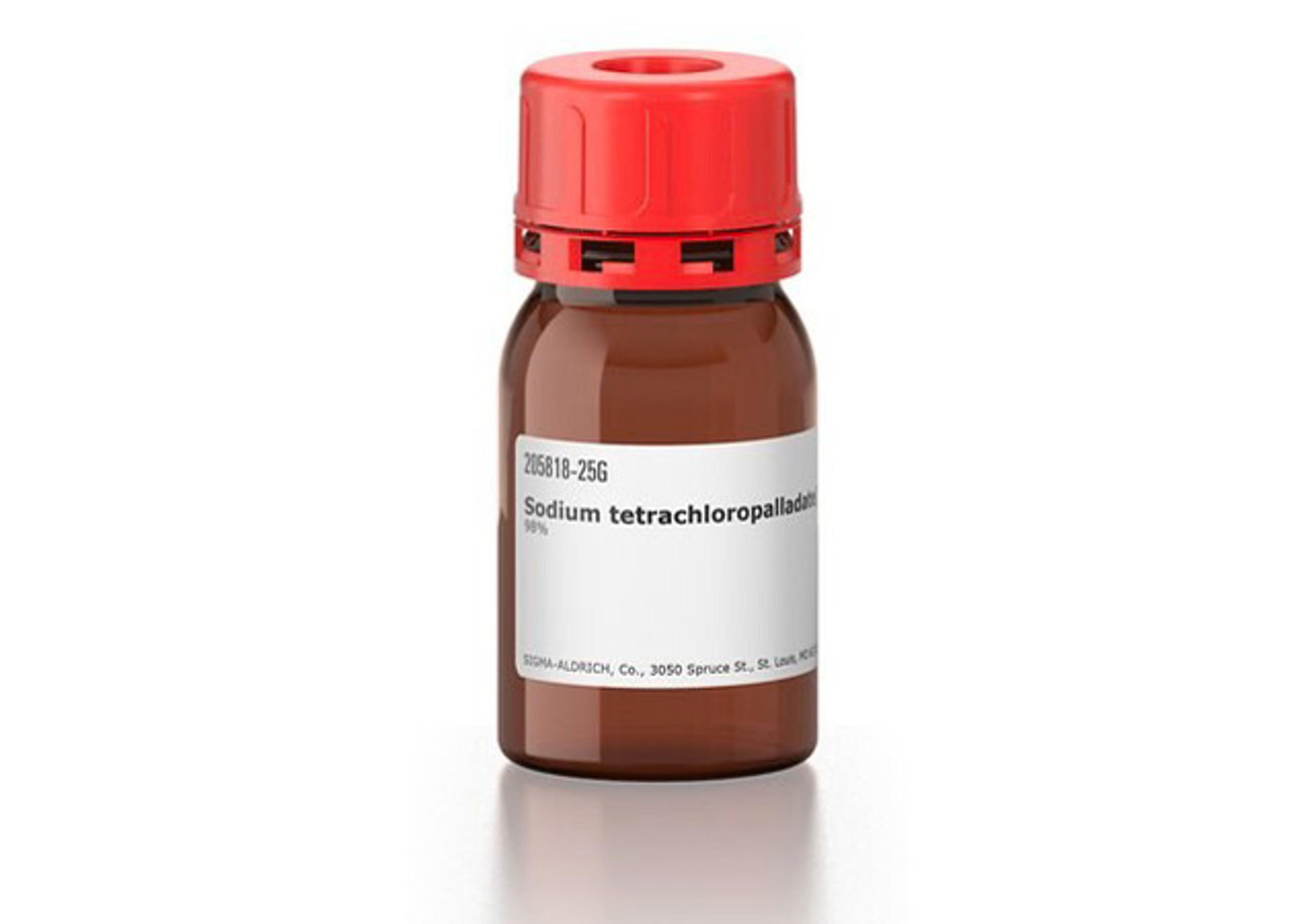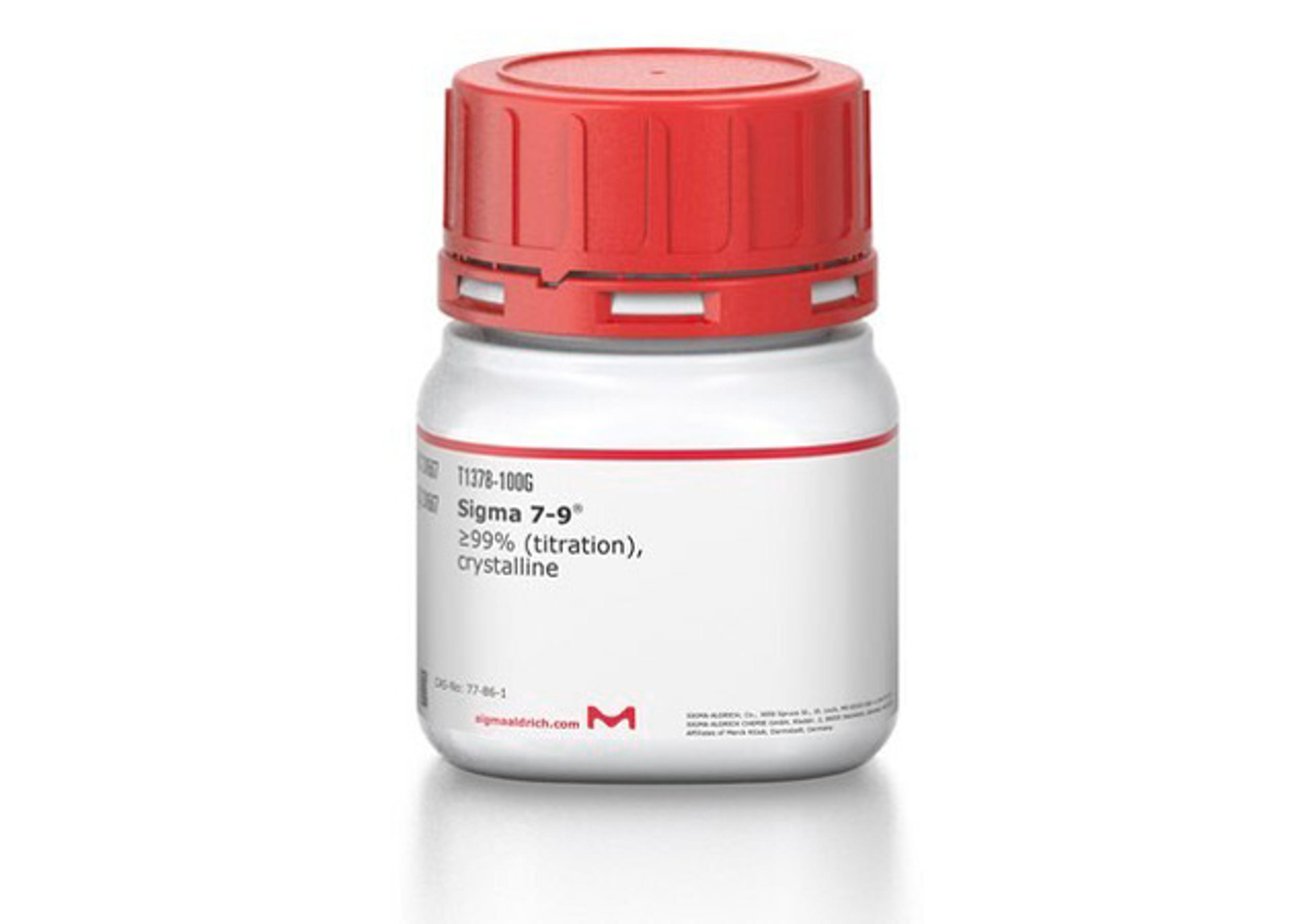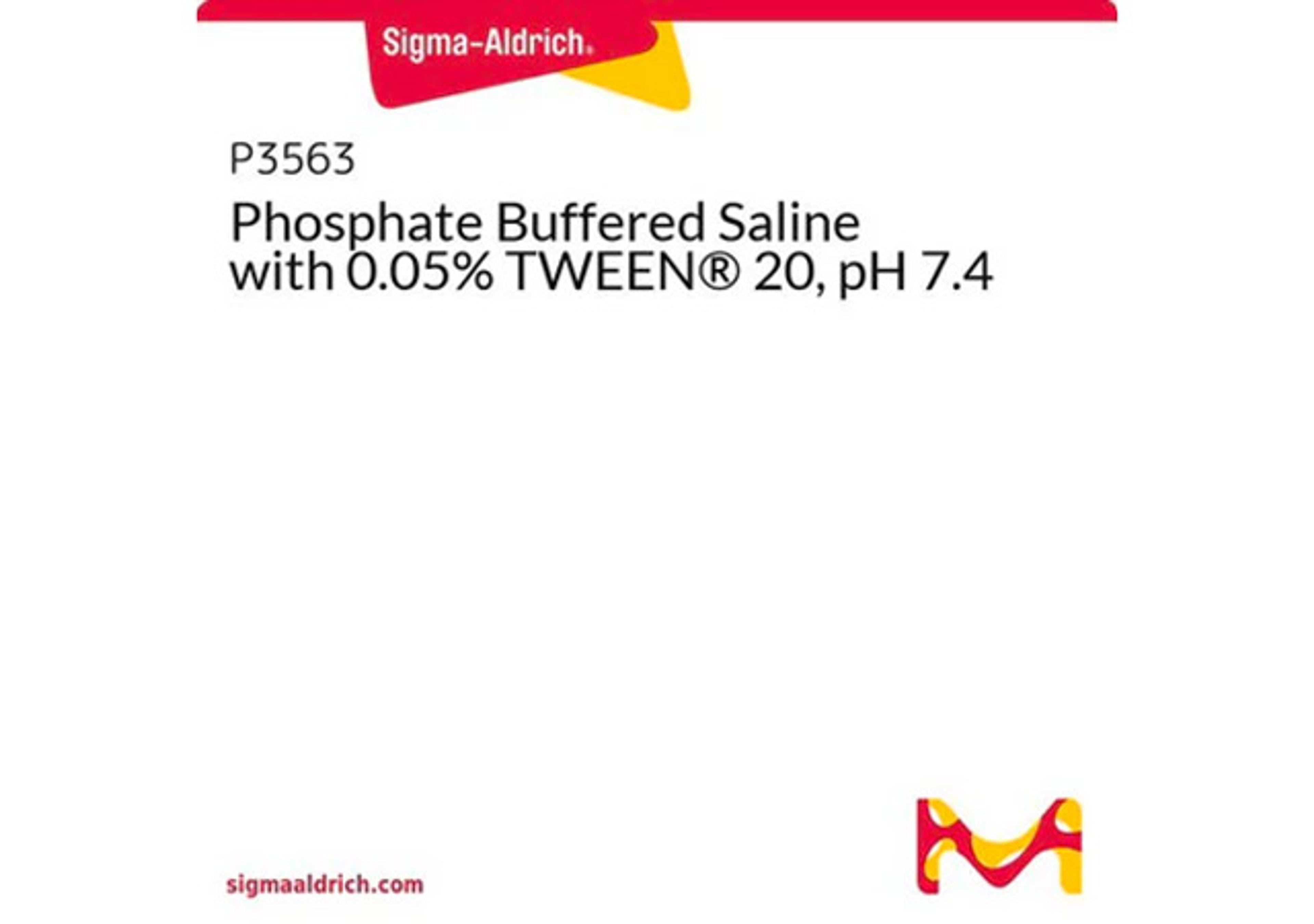DHEA-S
High Quality Assays with Reproducible and Reliable Results

The supplier does not provide quotations for this product through SelectScience. You can search for similar products in our Product Directory.
The DRG:HYBRiD-XL DHEA-S is an enzyme immunoassay for the quantitative in vitro diagnostic measurement of DHEA-S in serum and plasma.Only for use with the DRG:HYBRiD-XL Analyzer.Dehydroepiandrosterone (Androstenolone, Dehydroisoandrosterone, Transdehydroandrosterone, DHEA) and its sulfate ester DHEA-S are the main secretory products of the adrenal gland. DHEA production is at least partly controlled by adrenocorticotropic hormone. The bulk of DHEA is secreted as a 3-sulfoconjugate (DHEA-S). The conversion from DHEA to DAHE-S is reversibly catalyzed by sulfotransferase (SULT2A1) primarily in the zona reticularis layer of the adrenal cortex, the liver, and small intestine. Ingonads and several other tissues, most notably skin, steroid sulfatases can convert DHEA-S back to DHEA, which can then be metabolized to stronger androgens and to estrogens (1,2). Besides acting as precursors in the biosynthesis of androgen and estrogen steroid hormones, DHEA and DHEA-S exert direct biological effects by binding to nuclear and cell surface receptors, and acting as a neurosteroid (3,4). Both hormones are albumin bound, but binding of DHEA-S is much tighter. In the circulation, DHEA-S concentration is approximately 1000-fold higher than DHEA concentration. Since half-live of DHEA-S (7-9 hours) is much higher than for DHEA, it better compensates for diurnal variations and is therefore the preferred parameter. DHEA-S levels in newborns are very elevated at birth but will fall to prepubertal levels within a few days. DHEA-S levels decline with age as the reticularis layer diminishes in size (5). Elevated DHEA-S levels indicate increased adrenal androgen production. Pronounced elevations of DHEA-S may be indicative of androgen-producing adrenal tumors (6). In small children, congenital adrenal hyperplasia (CAH) due to 3 beta-hydroxysteroid deficiency is associated with excessive DHEA-S production (7). Lesser elevations may be observed in 21-hydroxylase deficiency (the most common form of CAH) and 11 beta-hydroxylase deficiency. By contrast, steroidogenic acute regulatory protein or 17 alpha-hydroxylase deficiencies are characterized by low DHEA-S levels.The DRG:HYBRiD-XL DHEA-S Kit is a solid phase enzyme-linked immunosorbent assay (ELISA) based on the principle of competitive binding. The antibody coated wells (ACW) of the reagent cartridges are coated with a polyclonal [rabbit] antibody directed towards a unique antigenic site of the DHEA-S molecule. Endogenous DHEA-S of a patient sample competes with a DHEA-S-horseradish peroxidase conjugate for binding to the coated antibody. After incubation the unbound conjugate is washed off. The amount of bound peroxidase conjugate is inversely proportional to the concentration of DHEA-S in the sample. Having added the substrate solution, the intensity of color developed is inversely proportional to the concentration of DHEA-S in the patient sample.

